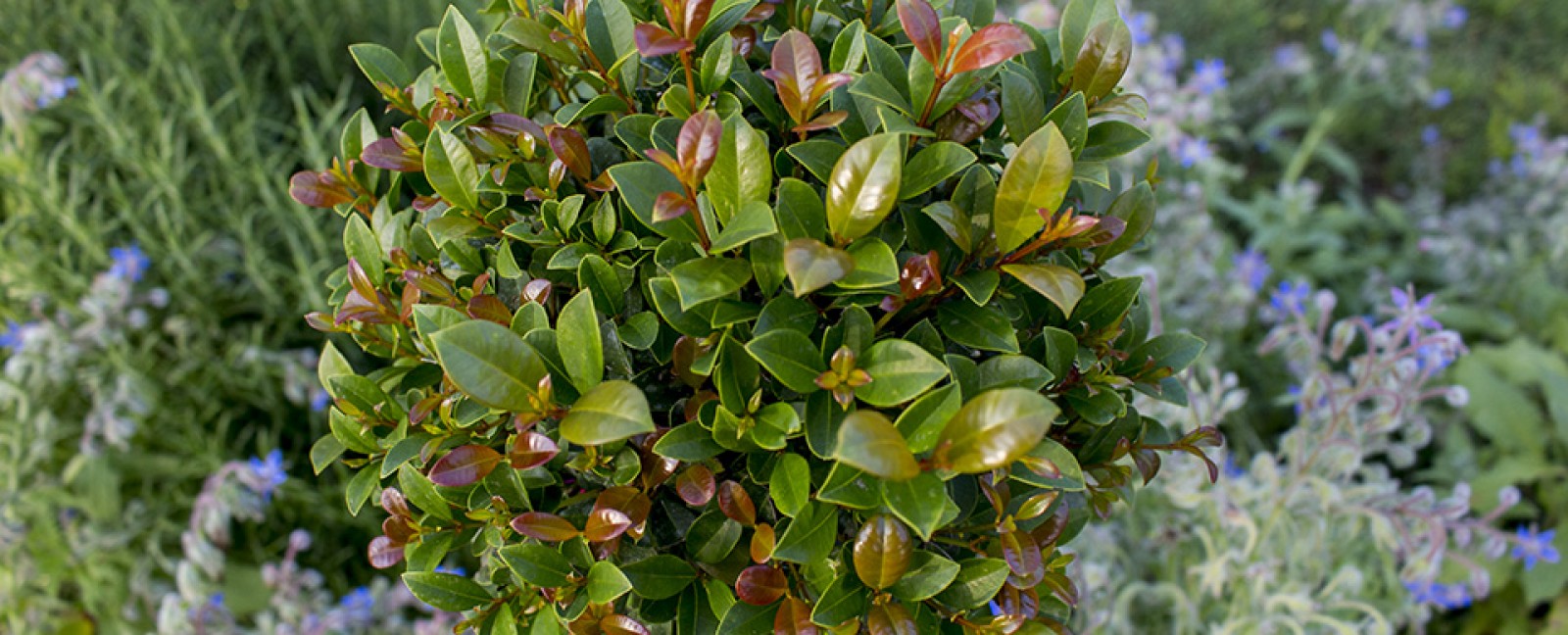
Lemon Balm Melissa officinalis
Hardy perennial
Crafting, Culinary, Medicinal, Ornamental
Grows 1 1/2 feet high, to 6 feet wide
Full sun to partial shad
Moist, fertile, well, drained soil
From the earliest of times, lemon balm has been celebrated by poets and herbalists for it’s “uplifting” qualities. At one time, the whole dried plant – root – leaves and seed – was sown into the piece of linen and worn under ladies’ dresses to promote “an agreeable disposition.”
Lemon balm is native to the Mediterranean. The genus name, Melissa, is derived from the Greek word meaning “honeybee.” This herb’s lemony fragrance attracts bees. Hives were rubbed with its leaves to bring in swarms. Housekeepers once used handfuls of fresh balm leaves to polish and scent their furniture.
Lemon balm thrives in cooler climates. It develops into a bushy plant with substantial roots and a stalk reaching 1 ½ to 3 feet high. Leaves are smooth, heart shaped and smell strongly of lemon. Yellow buds open into tiny white flowers by the mid to end of summer.
Planting and Care – Easy to grow although seeds are slow to germinate. Start from cuttings, root division or plant from containers. Plant as soon as the ground can be worked in the spring. Accepts partial shad to full sun exposure. Prefers moist fertile soil with good drainage.
Once established, plants endure in the garden unless a determined is made to eliminate them. They reseed easily and spread wide, so provide plenty of space. In small gardens, try growing in containers to control plants. The leaves die down to the ground with the first frost. In cold winter regions place a thick layer of mulch over the crown to protect the plant; each spring it will regrow from its roots.
Harvesting and Use – One of the sweetest scented of all herbs, which makes it a delightful ingredient for sachets and potpourris. Fresh-cut stems retain their fragrance well and lend a casual flair to floral arrangements. In the kitchen, lemon balm adds a light lemony flavor to soups and stews, fish, lamb and chicken. Use freshly chopped but sparingly with fruits or salads. It’s a favorite replacement for salt and an inexpensive lemon zest substitute.
Always add near the end of cooking because its volatile oils are dissipated by heat. Its flavor keeps well in baked goods because it is captured by the surrounding medium. Use as a fresh garnish in hot tea and lemonade or brew as a tea. A leaf or two improves a glass of white wine. Along with hyssop, it is an important ingredient in the liquor chartreuse.
Lemon balm is recognized as an aid to digestion and circulation. It is reported to help relieve feverish colds, headaches and tension. Its oil is believed to be beneficial in dressing wounds, especially insect bite.
One of my favorite recipes for using it is, Lemon Balm Bars.
Lemon Balm Bars
½ cup unsalted butter, cut into small pieces
¼ cup confectioners’ sugar
1 cup of flour
1/3 cup blanched almonds
1 cup sugar
3 tablespoons flour
3 tablespoons lemon balm leaves, minced
Grated zest of one lemon
3 eggs
1/3 cup fresh lemon juice
2 tablespoons confectioners’ sugar
1/3 cup blanched almonds
Combine butter, ¼ cup confectioners’ sugar, 1 cup flour and 1/3 cup almonds in food processor. Process until mixture forms a ball. Pat into a greased and floured 9 by 9 – inch baking pan. Bake at 350 degrees for 20 minutes.
Combines sugar, 3 tablespoons flour, lemon balm and lemon zest in work bowl of food processor. Process until finely blended. Add eggs and lemon juice, blend thoroughly. Pour over crust. Grind remaining 2 tablespoons confectioners’ sugar and 1/3 cup almonds in the bowl of the food processor. Sprinkle over filling. Bake for 40 to 45 minutes at 350 degrees or until set.
Yields 9 large lemon balm bars
copyrighted William Varney

